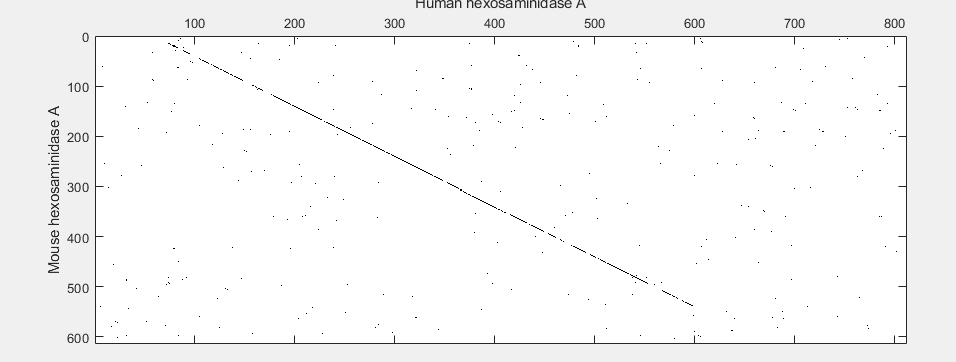Sequence Analysis
Genomic and proteomic sequences, alignment, and phylogenetics
Gain deeper understanding of sequence features, functions, and evolution by performing analyses on nucleotide or amino acid sequences. Compare sequences using pairwise or multiple sequence alignment methods. Calculate sequence properties and statistics to gain more insight on physical, chemical, and biological characteristics of your data. Perform BLAST searches against known sequences in online or local databases. Determine the evolutionary relationships between organisms by building phylogenetic trees from pairwise distances of sequences.
Categories
- Data Import and Export
Import data in various formats, including FASTA, GenBank, GenPept, EMBL, BLAST, PDB, PFAM, ClustalW, GCG, PHYLIP, Newick, and FASTQ, from public repositories and local file systems; write to various formats, including FASTA, PDB, and Newick
- Nucleotide Sequence Analysis
Calculate and interactively explore sequence statistics; calculate sequence properties; analyze motifs; design primers; find restriction enzymes
- Protein and Amino Acid Sequence Analysis
Calculate and interactively explore amino acid sequence statistics; calculate sequence properties; find cleavage enzymes
- Sequence Alignment
Multiple, pairwise, and profile sequence alignments using dynamic programming algorithms; BLAST searches and alignments; standard and custom scoring matrices
- Phylogenetic Analysis
Reconstruct, view, interact with, and edit phylogenetic trees; bootstrap methods for confidence assessment; synonymous and nonsynonymous analysis




